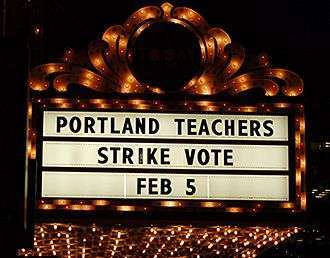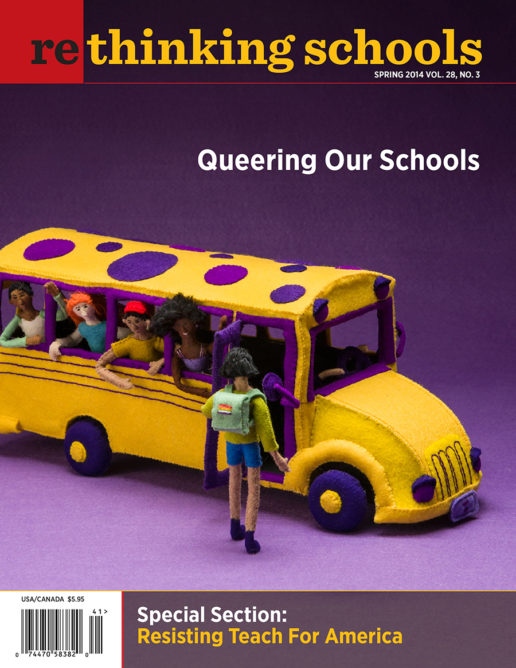Victory for Portland Teachers

After coming to the brink of what would have been the first strike in their union’s history, Portland, Oregon, teachers won a historic contract that reduces workload significantly. The district agreed to hire 150 teachers for the next school year, potentially reducing class size by more than 5 percent.
Portland teachers had voted overwhelmingly to strike, and the walkout was set for Feb. 20. Classrooms were cleared out and books were in storage. Teachers and community members had gathered to make signs, preparing to picket at every school. The district was advertising for subs on Craigslist.
Then, at the 11th hour, administrators finally agreed to address teachers’ demands. In addition to adding teachers, the deal includes more planning time for elementary and special education teachers. The agreement prohibits the use of students’ standardized testing scores to transfer, fire, or compensate teachers; and includes a new article protecting teachers’ academic freedom. Teachers will get a cost-of-living increase, but agreed to phase out eligibility for early retirement benefits.
Stretched to the Breaking Point
The Portland Association of Teachers (PAT) represents about 2,900 teachers, counselors, and school psychologists. After two decades of constant cuts, it was time to take a stand. Elementary classrooms were often 30 students or more. The district had increased the caseloads of special educators, counselors, and school psychologists; and reduced the number of arts, physical education, library, and other specialists, so that one was often assigned to serve two or more schools.
“What’s going on in Portland Public Schools has shed light on a bigger problem: that for too long, education has been underfunded by design,” said teacher and Rethinking Schools editorial associate Adam Sanchez during debate before the strike vote. “It’s time to demand that the money flows into the classroom—not to corporations, not to testing and textbook companies, not to bureaucrats and high-priced consultants.”
All along, the union sought to use the contract negotiations to improve teaching and learning conditions. Modeled after the work done by the Chicago Teachers Union, “The Schools Portland Students Deserve” called for equity in funding and programs across schools, lower class sizes and caseloads, wrap-around services, a whole-child curriculum including the arts and physical education, and an end to the misuse of standardized testing.
Student and Community Support
A citywide group of youth, the Portland Student Union, emerged as a powerful supporter of the teachers’ fight. Its demands, which dovetailed with the teachers’ contract proposals, include smaller class sizes, funding for the arts, more time with counselors, and no school closings. Students organized acts of solidarity in all the comprehensive high schools the week of the strike vote. At Cleveland High, 600 students—half the student body—walked out, chanting, “If you strike, we’ll strike, too!”
A network of parent and community supporters organized forums, passed out petitions, and canvassed neighborhoods. As the strike date approached, they organized food distribution centers and childcare for families supporting the strike.
Many of these alliances, which played a critical role in this victory, were forged last year, when the union partnered with community activists to stop the closure of neighborhood schools in the Jefferson Cluster, a historically under-resourced part of town that includes Oregon’s only majority African American high school.

